KABUL, Afghanistan - In the spring of 2009, commercial airline traffic in Afghanistan was nearly non-existent. At Kabul International Airport, (KIA) air traffic was mainly military fixed wing and rotary aircraft. But an international effort by the U.S. Army Corps of Engineers' Afghanistan Engineer District-North and other organizations is helping to make KIA more accessible for international and domestic air traffic giving the Afghan economy a much-needed boost.
"When I first got here, two or three airplanes were arriving each day and there were no pedestrians at all after 10 a.m.," said AED-North Project Manager Larry Bergmooser. "Now it's nonstop travel. Our goal and objective is to help the Afghans with their infrastructure needs. We've been assessing their buildings, and we've been communicating with the directors to find out what their needs are. The Afghans just haven't had any resources, and they've had no authority to develop their own organization. We've been empowering them to a large degree, and that's helped to jumpstart the redevelopment."
KIA has two contrasting sections. The Japan-built international terminal is modern and attractive, completed in August of 2008. The domestic terminal was built in two different periods more than 50 years ago. The Soviet Union built the foundation and the runways in the early 1950s, and the U.S. Agency for International Development built the air traffic control tower and annex a few years later. According to Bergmooser, the domestic terminal is well past its serviceable life, but the structure is solid and is being updated with modern electrical and sewage systems. In addition, Bergmooser said that the Corps of Engineers is working directly for the Federal Aviation Administration to install a ground approach radar system, improve security enhancements, and plan activities for building renovation.
"The Ministry of Transportation for Civil Aviation is just now bringing on its engineering team. The individual engineers are quite qualified, but they haven't had the experience that they've needed or the money to do the projects, and they've not had the chance to develop their own experience," Bergmooser said. "If you don't have money, it's hard to do a project to get experience. If you don't have the authority to go in and build something or you don't have the resources to build it, then you don't go to that next level of competence. That's what happens when you lose three generations of experience and training and the ability to manage your own affairs."
One thing that the Afghans are gaining is project management expertise, provided by the Corps of Engineers. Sayed Mujtaba is an Afghan civil engineer employed by AED-North as a project manager for the Support for Others Program.
"I'm getting a lot of experience from the Army Corps of Engineers, and it's helping me guide the Afghan people for managing projects. Management in Afghanistan has been missing for a long time because we haven't been able to build anything," Mujtaba explained. "The Corps can help Afghan engineers not only build, but help with management which can improve construction and help provide more projects and more employment for people."
Developing working and mentoring relationships at KIA has been successful, Bergmooser said. The FAA is advising and mentoring the Minister of Transportation, and the Montreal-based International Civil Aviation Organization which certifies airfields for international travel is helping directors and sub directors to understand their roles.
Kabul International Airport President Dr. M.Y. Rassuli is grateful for the outpouring of international support.
"Kabul International Airport is the biggest in Afghanistan. It has been in very bad condition, but now it has been improved with the help of our international colleagues. The World Bank provides for us tariff for the rehabilitation of the runway and the fencing of the airport and also for demining," Rassuli said. "The Corps of Engineers helped us with airport security with the perimeter fence around the operational area. They are rehabilitating the annex building and the tower and they have also built a gate for the crews. We are very thankful to our international colleagues, especially from the Corps of Engineers."
The big picture is simple, Bergmooser said. The more functional and well managed the airport, the more commerce can expand by commercial air traffic.
"The air highway within Afghanistan is secure. When you start building an airport center, a society is going to grow from it. That's what's happening here. And once they get up to speed eventually they'll be all Afghans working and building," Bergmooser said. "That's what I've really been proud of is helping get that part started. The whole goal is to let them build, not build it for them because they know what to do. They want to do this. They just need us to give them the experience, the encouragement, money and the time to do it."
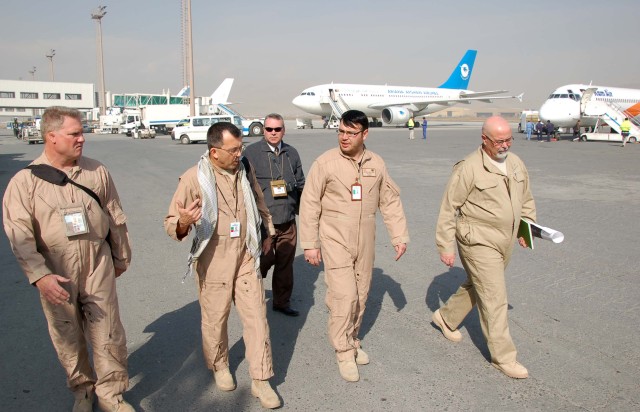
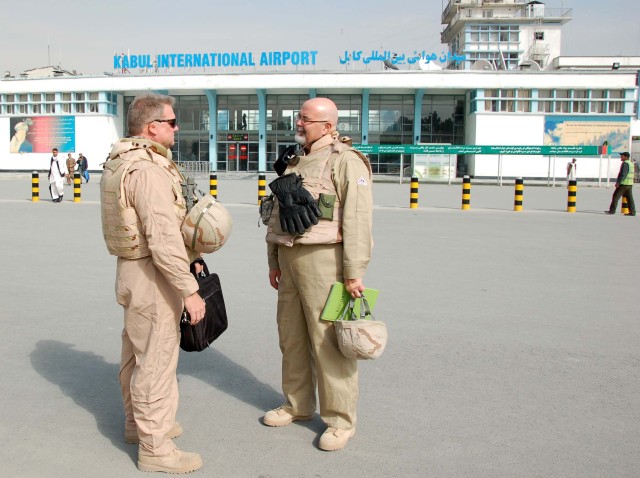
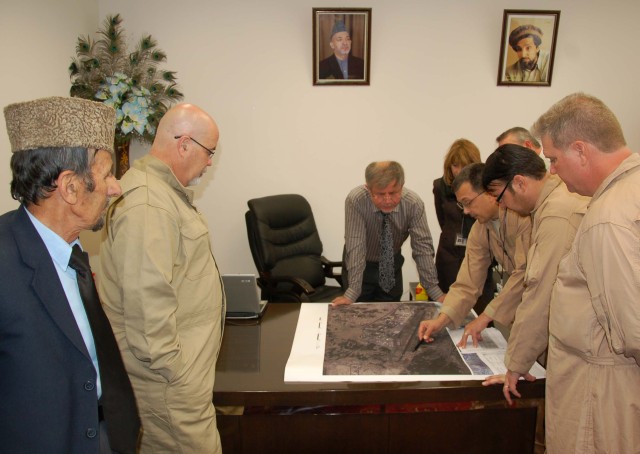
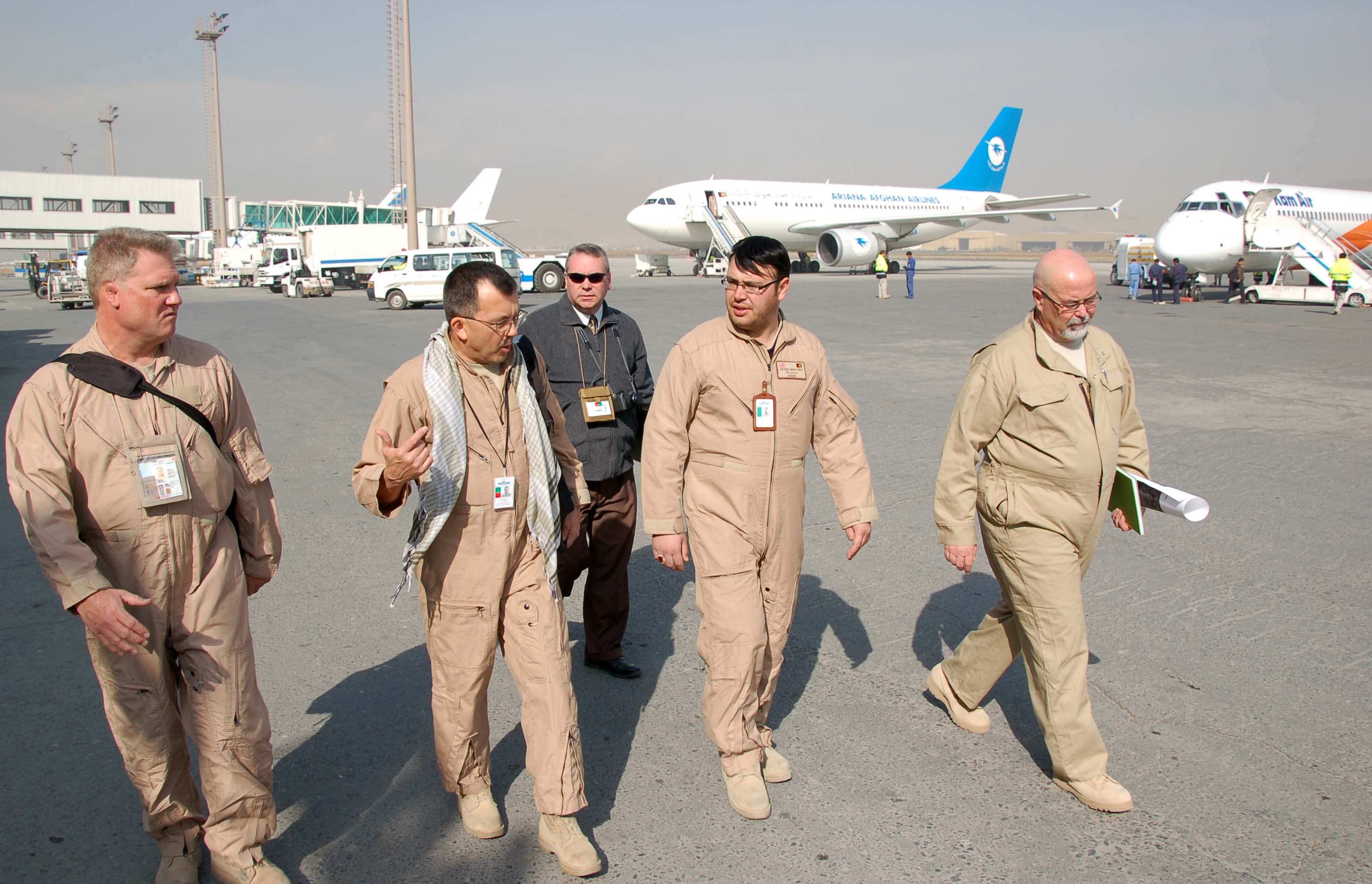
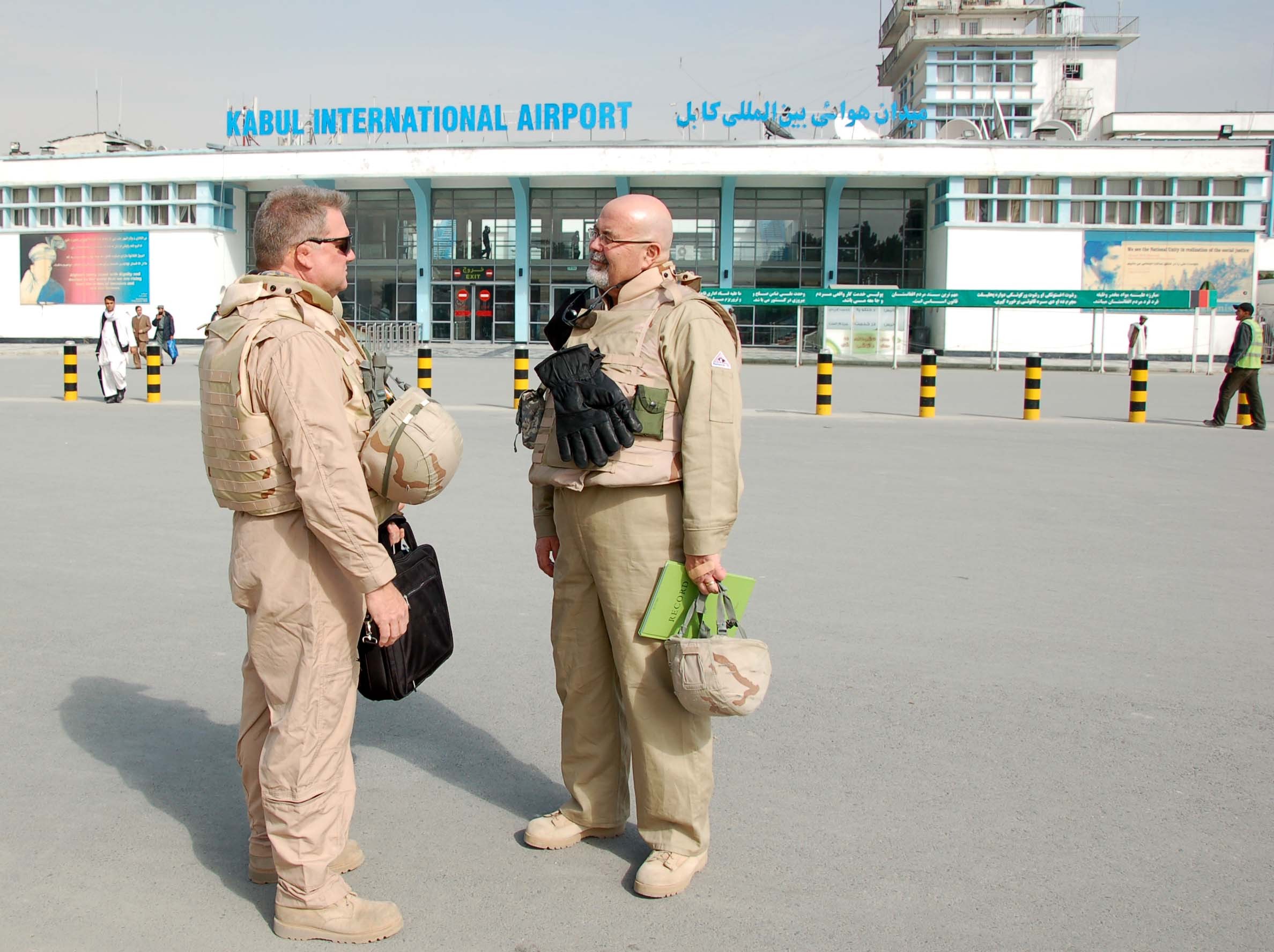

Social Sharing